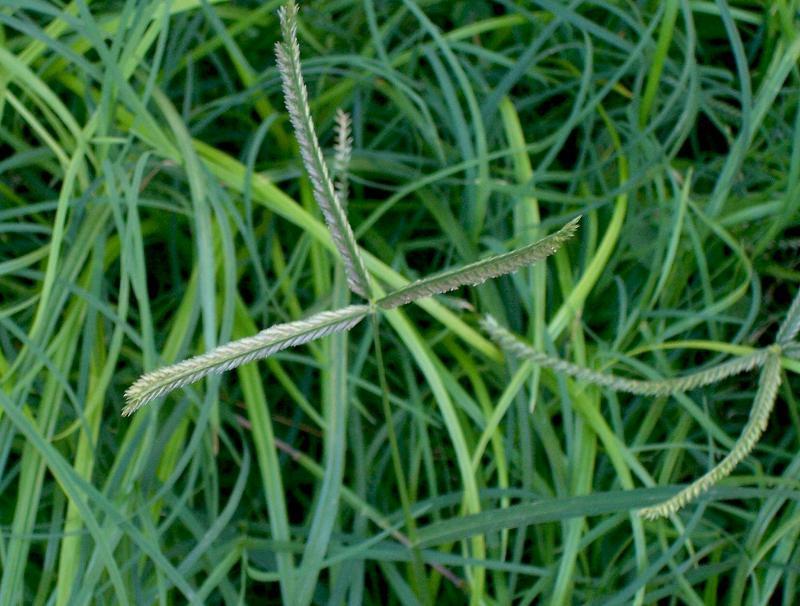The two inventive steps enable the replacement of the traditional digestion methodology to maximise the extraction of oil from mesocarp fibre in the absence of kernel nuts there-by increasing Crude Palm Oil (CPO) and Palm Kernel (PK) recovery from Fresh Fruit Bunches (FFB)
Issue
Extraction is not only the critical point in palm oil extraction process where the valuable oil is finally separated from the solid matter it is a well-documented fact that it also the point in the process where most of the oil is lost. While efficient sterilisation is a critical first step and underwrites high oil recovery, inefficient extraction will prevent the benefits of good sterilisation from being realised. It is also a well-documented fact that efficient extraction can make-up for inefficient sterilisation. Despite being a critical point of inflection in the extraction of oil from cellulosic mass the art of extraction has not changed since the pioneering work of United Plantation’s Tan Sri Bek-Nielsen who was inspired by Unilever’s work at Mongana in the Belgian Congo in the early 50’s.
Published extraction losses have become acceptable norms for extraction inefficiency over the years but remain as a burden on the industries’ supply chain profitability and sustainability nonetheless. Instead of losing 0.5-0.7 percent OER and 15-20 percent of kernel during extraction the new technology will enable the industry to add back to industries’ supply chain at minimum 0.35 percent to OER and 15 percent of palm kernel as a recovery. By incorporating the novel technologies developed by UPM/Fibaloy, Fibaloy was able to evolve MICRONES an acronym for Maceration Induced Cell Rupturing Oil Nut Extraction Synthesis. MICRONES will transform the process of CPO and Kernel nut extraction from a cost centre to a profit centre by recovering the traditional losses.

Function
Unlike traditional digestion, UPM/Fibaloy’s “Kernel Nut and Mesocarp Separation System” induces pericarp maceration instead of relying on the friction created by traditional rotating digester blades to rupture cell walls. The system not only efficiently separates pericarp fibre from the kernel nut and liberates virgin oil due to the forces imposed by the internal helical screw it facilitates the discharge of kernel nuts from the macerated mash prior to the mash entering the screw press. As the pericarp is continuously separated from the kernel nut it is fed to a dedicated UPM/Fibaloy first stage screw press where 90-95 percent of the oil and water is removed. MICRONES ensures the relatively dry and oil free mesorcarp liberated from the first pressing stage is continuously rehydrated before entering a second dedicated pressing stage where the remaining oil in or on the mesocarp fibre is removed.
Advantages
MICRONES derives value from salvaging kernel nuts and recovering CPO which is currently lost during pressing. Figures vary on this but the published literature on commercially available twin screw presses specifies nut loss during pressing at between at 12 percent and CPO losses at around 0.35 percent. However, in reality these losses tend to be significantly higher especially in situations where cone pressure is not adjusted correctly and worn screws are not replaced on a timely basis.
Since UPM/Fibaloys “Kernel Nut and Mesocarp Separation System” ensures the removal of kernel nuts prior to pressing nut breakage is no longer a limiting factor when applying pressure to extract oil. UPM/Fibaloy’s novel tri-compression screw press configuration can impose significantly higher pressure on the mesocarp fibre to remove oil but requires less power due to the efficient screw configuration. In addition, the screw wear rate is significantly lower resulting in longer screw life and less machine downtime.
A typical 60FFBt/h mill which fails to recover 15 percent of kernel nuts and 0.35 percent of CPO, loses approximately RM7.8 mil in profit annually. (Based on CPO losses of 0.35 percent of FFB tonnes processed at a price of RM2,800/t and 17.5 percent kernel losses at a price of RM2,558/t). At around RM6.0mil investment for a 60 FFBt/h system the system generates a discounted return in approximately 12 months.
Professor Dr Robiah Yunus
Faculty of Engineering UPM
Date of Input: 11/07/2018 | Updated: 11/07/2018 | asrizam
MEDIA SHARING
























